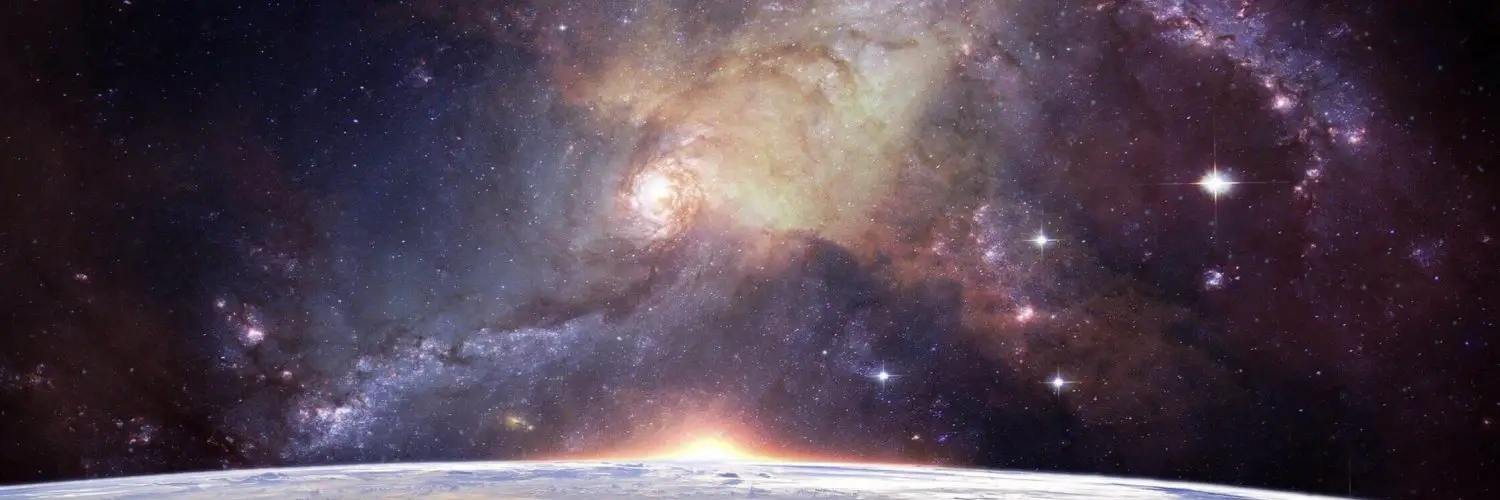Our world is powered by all sorts of unseen and complex forces that we don’t completely understand. No, we are not talking about ghosts and ghouls. There is more to the galaxy than one can think of. We are just a tiny part of it. While we think that our knowledge has unlocked most of the mysteries of universe, it is only an infinitesimal fraction.
Every once a while, a new theory surfaces, putting everybody on edge as to what it will bring to the table. If you are someone who takes an interest in the mysteries of the universe, the following post is going to amaze you. We have brought you the top 5 mysteries of the universe that will blow your mind.
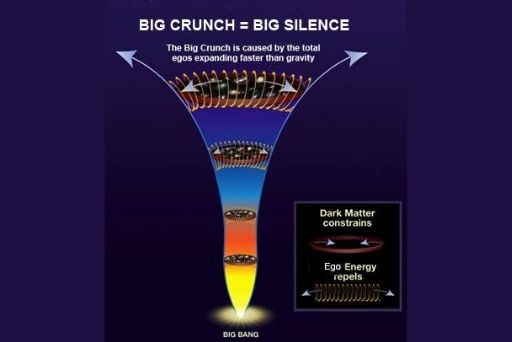
#1 The Big Crunch
As the saying goes – all good things must come to an end – our universe shall too, one day. But, how? Well, scientists and researchers have got some mind-boggling theories to say. Earlier, the ‘Big Crunch’ suggested a scenario involving the universe’s expansion where the planets, clusters, and galaxies are drawn together into a dense, single point of mass until everything wipes out. Don’t worry; you won’t live to see this. The phenomenon is billions of years away. Today, scientists have a new theory. They suggest that the ‘Big Crunch’ isn’t the only means by which our universe will perish. Other ideas include ‘the Big Rip,’ ‘the Big Bounce,’ and ‘the Big Freeze.’ All in all, it is going to be a pretty big event.
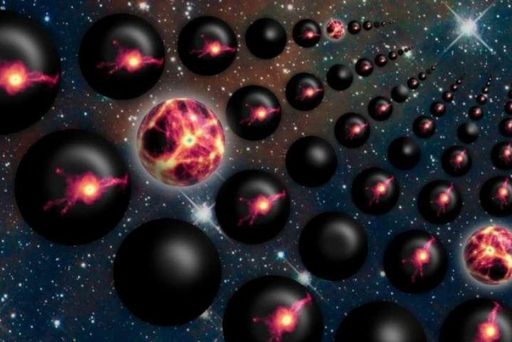
#2 The Multiverse
We have seen it in movies, but does the multiverse exist? Well, to start with, we are just a tiny speck on earth, within the Milky Way galaxy, which itself makes up a tiny portion of the universe. We haven’t even explored 0.1 % of the universe. So, you can only imagine how big it is. Therefore, it is entirely possible that our universe is just one of the many. Theory suggests that there exist multiple universes; in fact, there is an infinite number of universes as per some scientists. This means that there is an infinite number of histories, civilizations, and versions of you.
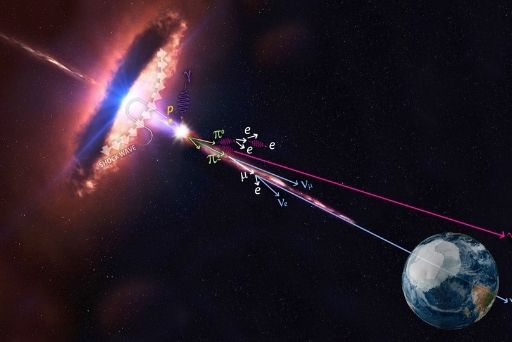
#3 Cosmic Rays
Space is an intense place where unthinkable and unexplored things happen. On earth, we feel that we are safe from what’s going on out there in outer space, didn’t we? Well, our atmosphere is able to protect us from the high-energy particles called cosmic rays, but there are some exceptions. Spacecrafts and astronauts are highly exposed to higher levels of radiation as there are cosmic rays present high up in the stratosphere. While cosmic rays pose no threat to humans as of now, they are hazardous for electronic equipment and systems. So, any airplane, spacecraft, satellite, or drone flying in space faces the greatest threat from the cosmic rays. Scientists are only beginning to learn about this ghostly phenomenon and its impact on our planet.
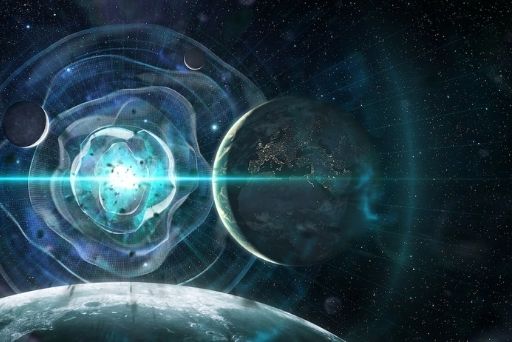
#4 Space Roar
Space is a vacuum, so nobody can hear your scream. It is pin-drop silence. So, what is a space roar? It isn’t just your everyday sound. In fact, these are odd radio signals that we detect throughout space. You probably know radio waves, which are used for communication purposes and in electronics like radios, cell phones, and televisions. Well, space is full of it, powerful enough to drown out other signals. Space roar is quite a nuisance for scientists trying to study the cosmos. No one knows where the roar comes from. It is an unsolved mystery. Nevertheless, some think that it is gasses swirling around the galaxy, or any other galaxy, or is leftover radiation from early stars.

#5 Black Holes
This is probably the most heard unsolved mystery of space. As per many Sci-Fi movies and shows, black holes are invisible, vastly destructive, and violent. In scientific terms, black holes are portions of space where the force of gravity is powerful enough to draw everything around it. Not even light can escape black holes. This is probably why we are unable to see any of this happening. According to scientists, there is a supermassive black hole lurking at the center of our galaxy. Overall, there could be more than 100 million black holes in the Milky Way alone.
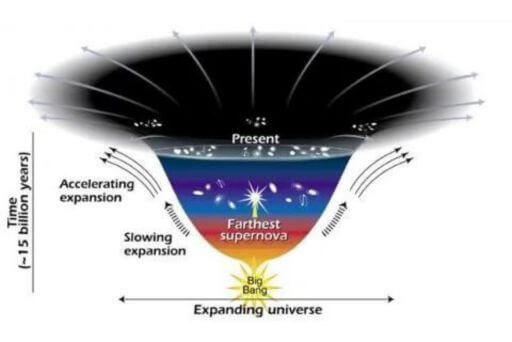
This diagram reveals changes in the rate of expansion since the universe’s birth 15 billion years ago. The more shallow the curve, the faster the rate of expansion. The curve changes noticeably about 7.5 billion years ago, when objects in the universe began flying apart as a faster rate. Astronomers theorize that the faster expansion rate is due to a mysterious, dark force that is pulling galaxies apart.
Credit: NASA/STSci/Ann Feild
#6 Dark Energy and Dark Matter
Everything we can see, touch, measure, or experience is just a tiny fraction of the known universe. This visible portion, which makes up only 5% of the total mass-energy in the cosmos, is composed of familiar entities like stars, galaxies, and planets. However, the remaining 95% is a mysterious realm that includes dark energy and dark matter.
Dark energy and dark matter are two unknown substances that have never been directly detected. Yet, they are believed to play crucial roles in the formation of galaxies, the expansion of the universe, and the gravitational pull that shapes the cosmos. Scientists continue to search for answers, delving into phenomena like gravitational lensing, fast radio bursts, and electromagnetic radiation at different wavelengths.
The big bang theory suggests that the universe began with a colossal explosion, giving rise to the observable universe, which contains billions of galaxies. Within this vast expanse, we find everything from supermassive black holes to stellar black holes, neutron stars to planets orbiting other stars. In our own solar system, we have the Milky Way galaxy and its planets, including Earth, where we conduct experiments to deepen our understanding of the universe.
As we explore the night sky, we discover distant galaxies, observe star formation, and witness the spin of stars and the shock waves they create. We ponder the possibility of extraterrestrial life, considering the habitable zones around other stars and the potential for advanced civilizations. The hunt for extraterrestrial intelligence and the Fermi paradox fuel our curiosity, as we wonder why we haven’t yet encountered other beings in the vastness of space.
In our quest for knowledge, we study fundamental laws and physical constants that govern the behavior of matter and energy. We investigate phenomena like gravitational effects, magnetic fields, and subatomic particles, which are the building blocks of the universe. We explore the outer regions of galaxies, the magnetic currents slowing the moon’s rotation, and the magnetic field that protects our planet.
Einstein’s theory of relativity provides a framework for understanding the universe on a grand scale, while our own moon’s magnetic field and the crust reveal insights into its distant past. We gaze at galaxy clusters and the supermassive black holes at their centers, marveling at the gravitational forces at play. We study the formation of planets in solar systems and the potential for habitable environments within the universe.
Despite our progress, there are still many unanswered questions. The nature of dark energy and dark matter, the ultimate fate of the universe, and the existence of other universes in the multiverse theory all intrigue us. We explore the boundaries of our knowledge, venturing into space odysseys and conducting earth-based experiments to push the limits of human understanding.
In summary, the universe is a vast and mysterious expanse, where we are but a tiny speck in the grand cosmic tapestry. With each new discovery, we uncover more of its wonders and deepen our appreciation for the intricate and awe-inspiring nature of the cosmos.
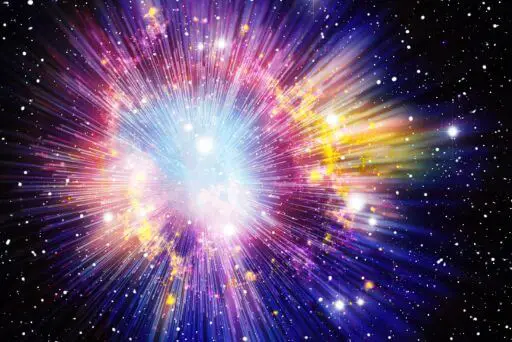
#7 The Big Bang
The Big Bang is the leading theory that explains how our universe came into existence. It suggests that around 13.8 billion years ago, all matter and energy in the cosmos were condensed into a single point of infinite density and temperature, and then expanded rapidly in a massive explosion. This event marked the beginning of time and space as we know it today. However, despite being the most widely accepted theory, there are still many questions surrounding the Big Bang that remain unanswered. Scientists continue to investigate and explore, hoping to unravel more mysteries of our universe.
Final Thoughts About Our Solar System and the Mysteries of Universe
As we’ve witnessed, our universe is far more vast than meets the eye. The mysteries of the cosmos, such as dark energy, dark matter, the Big Bang, and supermassive black holes, continue to captivate and perplex us as we delve deeper into exploration and discovery. The possibilities are limitless, and the answers may lie just beyond our grasp, but that doesn’t deter our relentless pursuit. With advancements in technology and scientific research, we can only imagine what the future holds in our quest to comprehend the enigmas of our universe.
Let’s keep gazing at the stars, dreaming of what lies beyond. Who knows, we might stumble upon something extraordinary along the way. Our journey to unravel the secrets of the universe has only just begun! Together, let’s continue exploring and learning. From the fundamental building blocks to space odysseys, from other planets to black holes, from the formation of galaxies to the existence of all the aliens, we embark on an Earth-based experiment to comprehend the galactic plane.
Amidst the invisible matter, the expansion of the universe, and the enigmatic emissions of X-rays and fast radio bursts, we seek to understand the gravitational effects, the habitable zones, and the intriguing mysteries of individual stars. It raises one possibility after another, prompting obvious questions and challenging existing theories.
In the last decade, new stars have emerged, shedding light on some of the biggest mysteries that were once hidden from the naked eye. From the beauty of galaxies to the mysteries of the Fermi Paradox and the Fermi Bubbles, we strive to grasp the wonders that surround us.
So, let’s embark on this cosmic journey together, with an artist’s impression of the universe as our guide. As we explore the host stars and the invisible matter, we ponder the fate of the universe and the existence of life beyond our own sun. From the crust of the moon to the gravitational effects and the intriguing phenomena of the galactic plane, we are driven to uncover the truth.
With billions of galaxies, stars spinning, and entire galaxies forming, we are but a small speck in this vast cosmos. Yet, we are compelled to seek answers to the greatest mysteries that lie before us. Through Earth-based experiments and scientific endeavors, we strive to understand the universe’s end, the habitable zones, and the enigmatic emissions of X-rays and fast radio bursts.
The possibilities are endless, and the journey towards understanding the universe’s secrets is an endeavor that unites us all. Let’s continue exploring and learning, for the wonders and mysteries of the universe await us.

